Every country on Earth uses some currency, and the use of currency to simplify trade has existed for thousands of years. Today, scholars believe that the shekel from Mesopotamia was the first official currency used in an organized civilization, though it has long since disappeared. What forms of money have survived the test of time? Discover the eight oldest currencies still circulating the world today.
8. The Yen Since 1871 CE: Japan’s Currency

The Japanese yen started circulating in 1871 CE.
©Stefan Lambauer/iStock via Getty Images
In 1871, Japan’s currency became the yen. By 1872, the paper yen was being issued. In 1870, the Japanese government created yen coins at the San Francisco Mint in the United States.
While the denominations of this currency used to go down to 1 yen, since the money has depreciated so much, the lowest bill is now 1000 yen. The largest bill is 10,000 yen.
After World War II, the value of the yen plummeted. Since then, its value has oscillated, and its viability is questioned. It’s heavily dependent on the health of other international currencies, and between 2021 and 2023, it has lost over 40 percent of its value compared to the US dollar. Despite this, Japan’s economy is doing well, and its standard of living for average citizens is one of the highest in the world.
7. The Canadian Dollar Since 1858 CE: Canada’s Currency
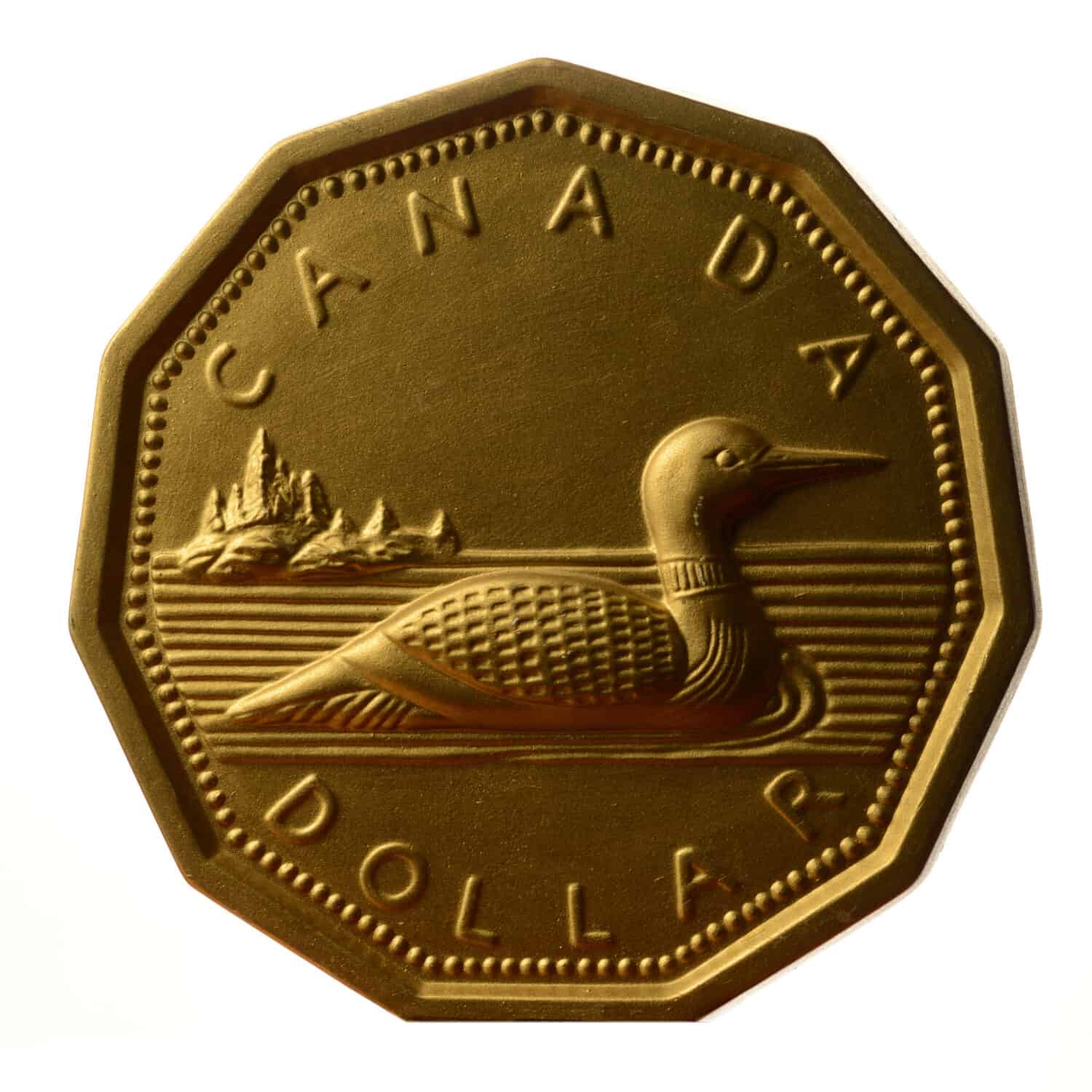
The Canadian dollar has existed since 1858 CE.
©Matt Benoit/Shutterstock.com
In 1858, the Province of Canada began minting coins. These original coins numbered 20, 10, 5, and 1 cent. All were silver except for the one-cent coin, which was bronze. The 20-cent coin was often confused with the American quarter, and in 1870, the 20-cent coin was discontinued in favor of a Canadian quarter.
As Canadian coins became available, they circulated with British and American coins in Canada. This continued until the 1930s when Canada began developing a national bank. However, Canada deliberately chose to align its currency with the US dollar, strengthening its ties to the United States while its dependency on the United Kingdom shrunk.
6. The Swiss Franc Since 1848 CE: Switzerland’s Currency
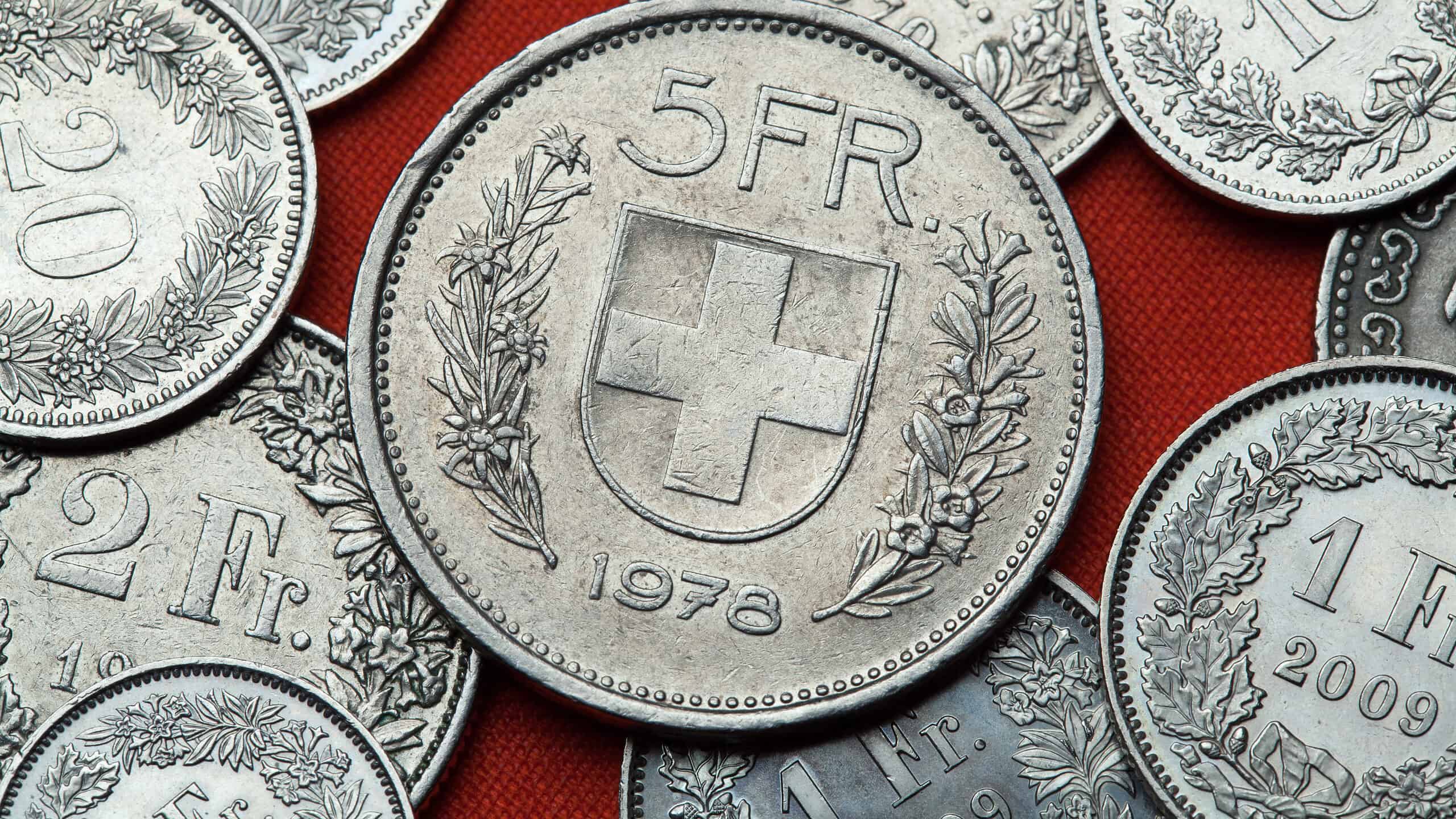
The Swiss franc was established in 1848 CE.
©Vladimir Wrangel/Shutterstock.com
Switzerland’s currency is called the Swiss franc, and it was first established in 1848. While it is considered one of the most stable currencies in the world today, it wasn’t always like that. A stable currency does not change in value often.
Since Switzerland is landlocked, its cities did not naturally become banking centers due to their proximity to busy trade routes. Also, Switzerland is divided into multiple cultural sects, which has not fostered a strong national currency. As a result, the Swiss Franc did not become a global powerhouse until after World War 1.
In 1907, the Swiss National Bank was established to centralize hundreds of local banks serving working-class people in the country. However, these consolidated decentralized banks were using the Swiss Franc, so it was easier than it sounds to make it a national currency. Switzerland’s isolation and neutrality during World War I and WWII made the country a popular overseas haven for investments, and this legacy continues today.
5. The Haitian Gourde Since 1813 CE: The Republic of Haiti’s Currency
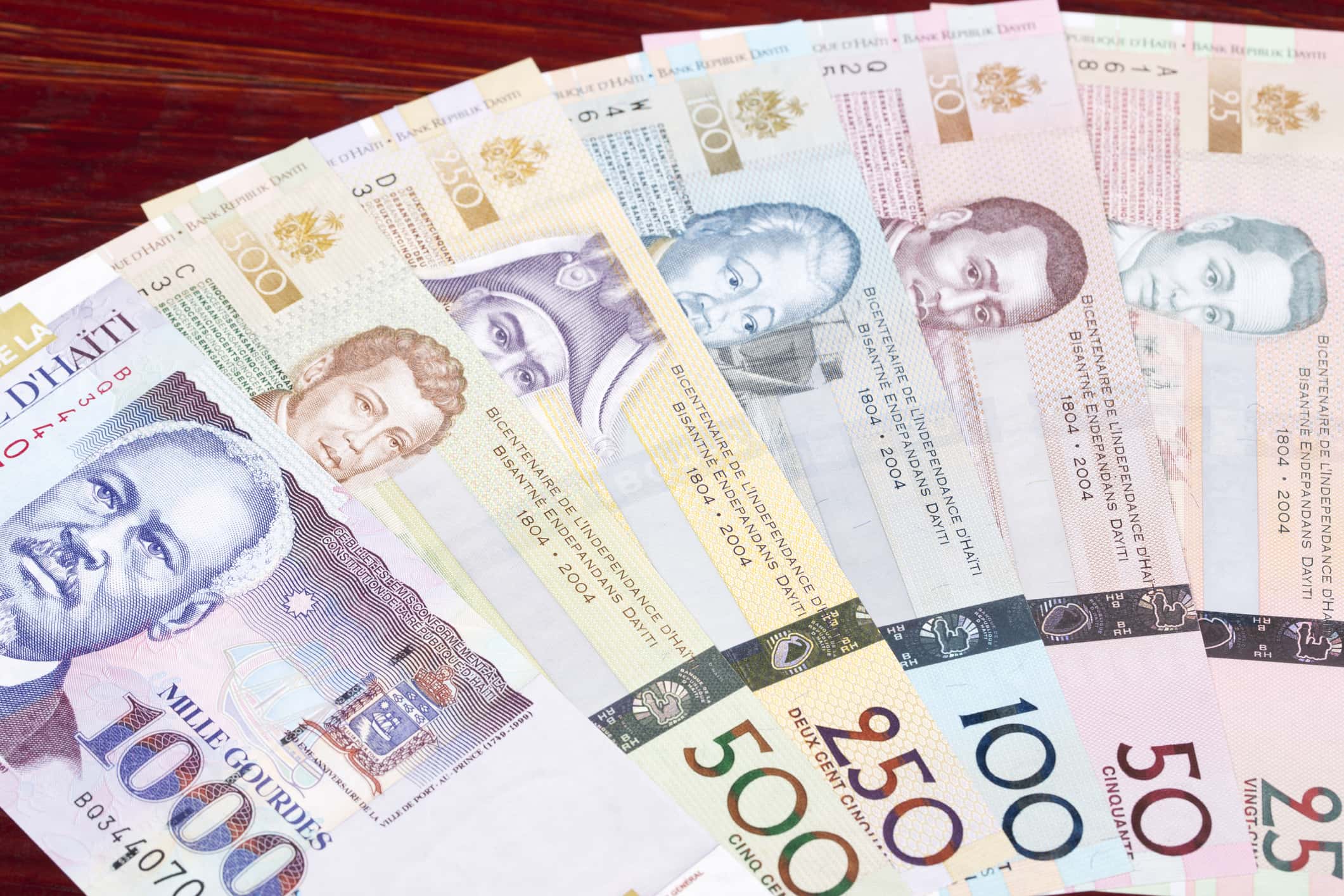
The Haitian gourde has existed since 1813 CE.
©johan10/iStock via Getty Images
In 1813, the newly independent Haitian government created a currency for itself. The first coins that were issued were made of silver and were worth 6, 12, or 25 cents.
The 25-cent coin from the time not only had imagery honoring the new establishment, but it also showed African influences. A snake deity named Damballah Wedo from the Vodou tradition was on the coin.
This is powerful because slaves in the Caribbean were forbidden from carrying money. It was a symbol of freedom in a society of Afro-Carribeans that they could create and use coinage containing their cultural identity.
In 1875, paper notes began being printed. Throughout the history of the gourde, it has been revalued a few times. Today, it fluctuates greatly based on economic factors and the state of more stable currencies like the US dollar.
4. The United States Dollar Since 1792 CE: Currency in the United States of America
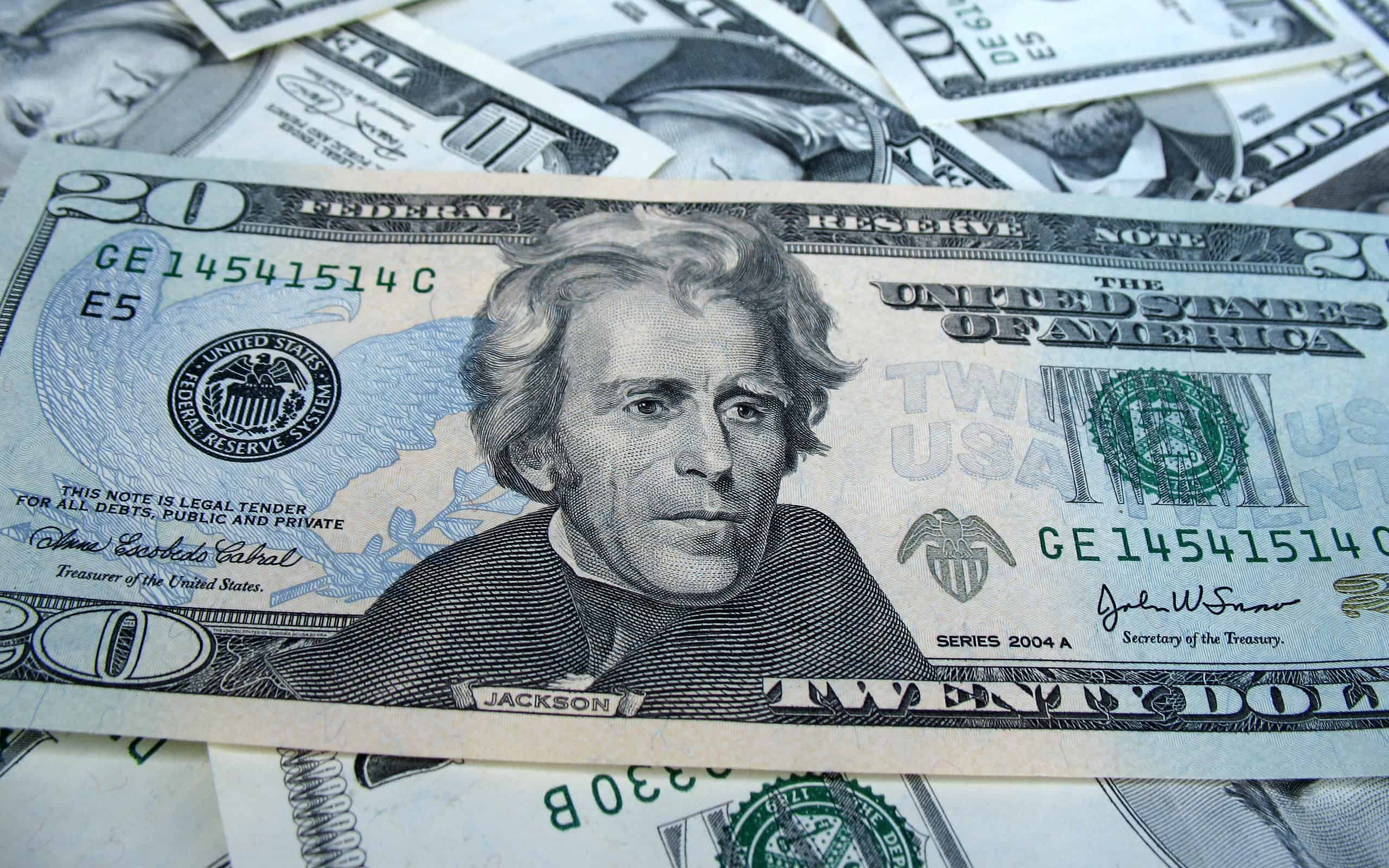
Since 1792 CE, the United States dollar has been in circulation.
©blue64/iStock via Getty Images
The United States dollar is one of the world’s strongest currencies. It was first developed when the United States Mint was created in 1792, decades after American independence. It has been in use ever since.
When it was first released, the US dollar was legal tender in the United States, along with the Mexican peso and the Spanish dollar. In 1857, the United States government terminated the circulation of foreign currency as legal tender. 1861 the first US dollar bills were created in response to the Civil War.
Seven countries outside the United States use the US dollar as their currency. These countries are Ecuador, El Salvador, the Marshall Islands, Micronesia, Palau, Panama, and Timor-Leste. It is accepted and used commonly in everyday life in additional countries like Canada, Mexico, Honduras, Costa Rica, Peru, and Zimbabwe.
3. The Ruble in the 1704 CE: The Russian Federation’s Currency

The Russian Ruble in its modern form began circulating in 1704 CE.
©SSV-Photo/iStock via Getty Images
While the Russian ruble as a monetary denomination dates back to before the fourteenth century, it wasn’t minted in the modern sense until 1704. Bank notes began being printed in 1919, and coins were made in one of two locations. This includes the Saint Petersburg Mint, which has been operating since 1724.
While the ruble has existed for many years, it was removed from circulation for a period. It has also experienced many iterations, the most recent one happening in 1998. This was done to stabilize the currency after the fall of the Soviet Union. Today, its value still fluctuates due to international politics and the price of oil worldwide.
2. Shell Currency for 1000 Years: Tabu in Papua New Guinea
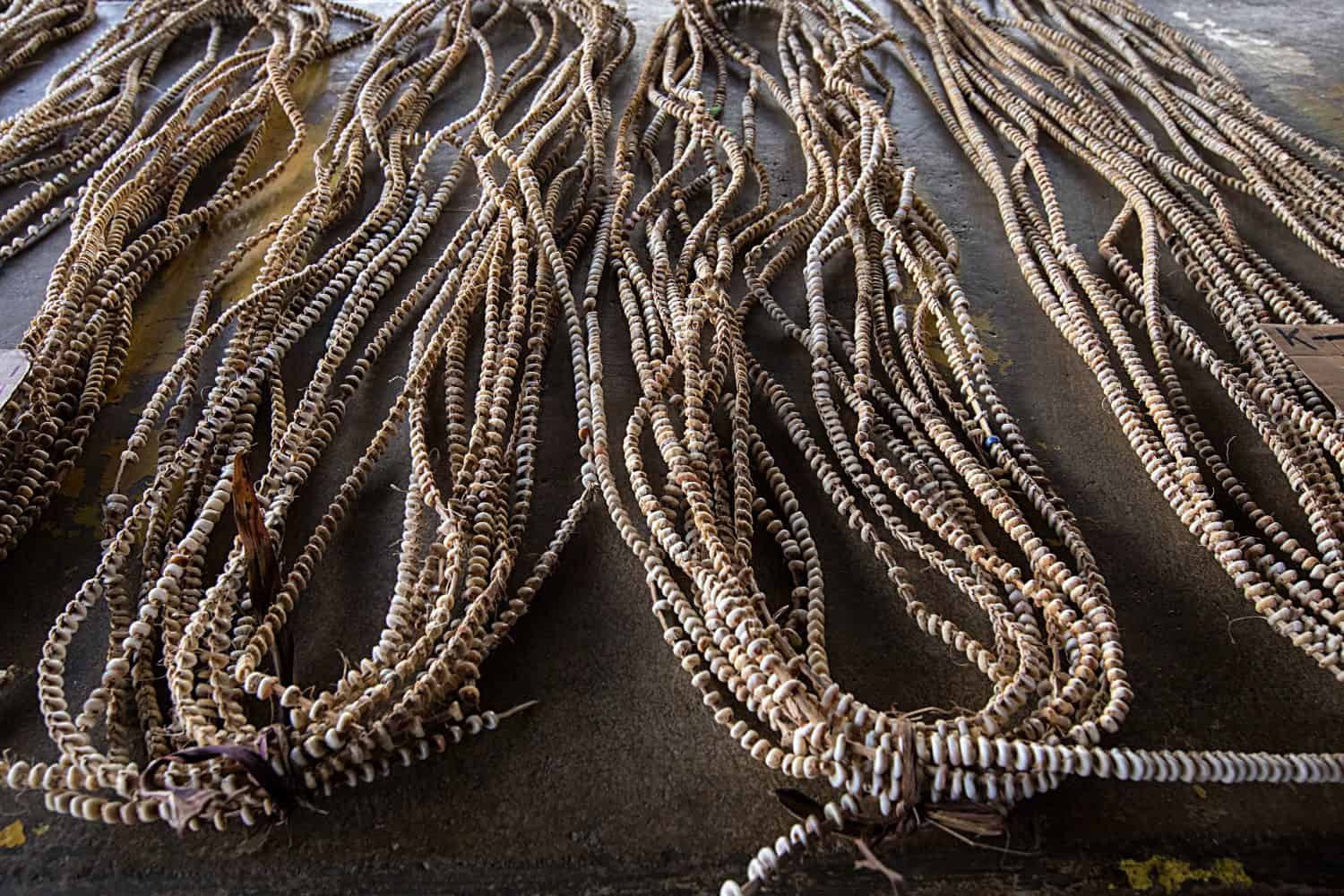
Tabu is a form of currency made from rattan and shells used in East New Britain.
©Christine_Gneh/Shutterstock.com
The Tolai living in East New Britain in Papua New Guinea still use shells as currency. This has been going on for at least 200 years, though some scholars think the practice in this region may be up to 1000 years old.
The national currency of Papua New Guinea is the kina, and in East New Britain, tabu can be exchanged for this modern money. There are even avenues for island visitors to cash in modern kinas for tabu to use while traveling. Tabu is accepted by many vendors, including those selling food, betel nuts, sodas, data for cell phones, and tobacco.
The shells that make tabu are from snails that the locals call palakanoara. The scientific names for the 2 snails used are Nassa camelus and Bullia callosa. They have been overharvested in East New Britain so they’re now imported from nearby areas.
These shells are on a string as a hole is made in the shell, and then they’re strung onto rattan. One unit of tabu contains about 300 separate shells. However, the number of shells used, the length of the shell string, and the quality of the shells all factor into their value.
Tabu increases in value the more it is used, and tabu isn’t worth much to locals until it’s used in a ritual. For example, during funerals, dispensing the dead’s tabu allows them to go to heaven. This has entrenched it in Tolai culture in a way that modern money can’t replace.
1. The British Pound Sterling Since 775 CE: The United Kingdom’s Currency
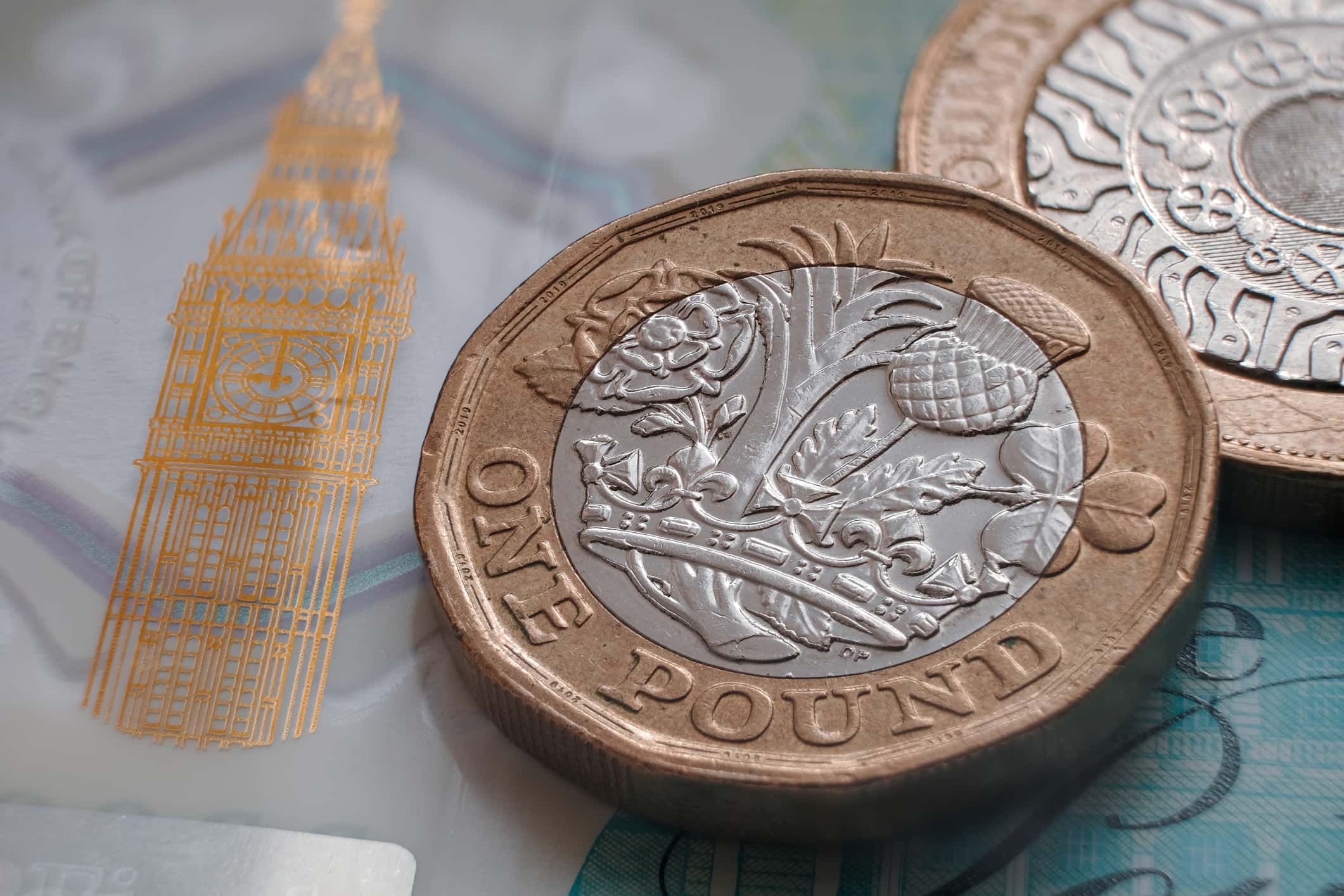
In 775 CE, the first pound coins were created by King Offa of Mercia.
©Oleksandr Siedov/iStock via Getty Images
The British Pound Sterling is over 1200 years old, and it’s the fourth most popular currency in the world. The only currencies traded more than the British pound on the foreign exchange market are the dollar, the euro, and the yen. There are also independent variations of pounds used in various places, including the South Sandwich Islands, Jersey, South Georgia, Isle of Man, Tristan da Cunha, Gibraltar, Ascension, the Falkland Islands, and Saint Helena.
The first coins were introduced by King Offa of Mercia around 775 CE, and the first modern paper pounds were created in 1853 CE. Today, the United Kingdom’s money is printed on polymer since it’s much more durable than paper. The use of polymers to print pounds began in 2017 CE.
Summary of the 8 Oldest Currencies Still Circulating the World
| Name of Currency | Currency’s Country of Origin | Year of Establishment | |
|---|---|---|---|
| 1 | British Pound Sterling | England | 775 CE |
| 2 | Tabu | Papua New Guinea | Approximately 1000 Years Ago |
| 3 | Ruble | Russian Federation | 1704 CE |
| 4 | US Dollar | United States of America | 1792 CE |
| 5 | Gourde | Haiti | 1813 CE |
| 6 | Swiss Franc | Switzerland | 1848 CE |
| 7 | Canadian Dollar | Canada | 1858 CE |
| 8 | Yen | Japan | 1871 CE |
The photo featured at the top of this post is © johan10/iStock via Getty Images
Thank you for reading! Have some feedback for us? Contact the AZ Animals editorial team.







